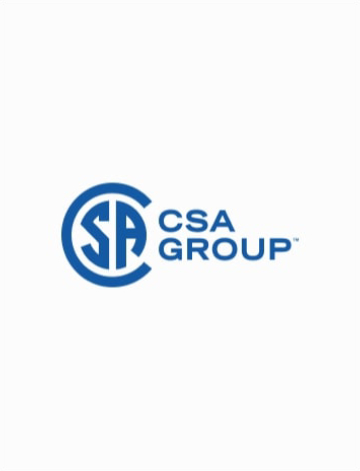Preface
This is the third edition of B651, Accessible design for the built environment. It supersedes the previous editions published in 1995 and 1990 under the title Barrier-Free Design.
This Standard contains requirements for making buildings and other facilities accessible to persons with a range of physical, sensory, and cognitive disabilities. It was developed to fulfill an expressed need for a national technical standard that covers many different types of building and environmental facilities and that can be referenced in whole or in part by a variety of adopting authorities.
Scope
1.1 Purpose
This Standard specifies technical requirements on how to make buildings and other facilities accessible and safely usable by persons with physical, sensory, or cognitive disabilities.
Commentary: Temporary buildings and facilities provided for public use should also comply with the technical requirements of this Standard. Such temporary facilities may include teaching spaces, reviewing stands, exhibit areas, bleachers, first-aid facilities, or pedestrian passageways around construction sites. Where public access is permitted during construction or maintenance of a facility, the requirements of this Standard should be respected to provide safe and equitable use for everyone. Some people with disabilities may have requirements beyond the levels addressed in this Standard.
1.2 Application
This Standard describes technical requirements that can be used in the design and construction of new facilities or modifications to existing facilities. This Standard does not address the application of the technical requirements. The extent to which these requirements have to be applied is the responsibility of other authorities having jurisdiction.
1.3 Dimensions
This Standard contains minimum requirements based on adult dimensions. Dimensions are given in SI (metric) units (typically in millimetres) and, where converted from foot/pound (imperial) units, have been rounded off with respect to critical dimensions. All dimensions in figures are given in millimetres and are measured to the centreline, unless otherwise specified.
Commentary: When designing for specific individuals, their particular abilities and preferences should be taken into account. For example, some people prefer to transfer to or from a wheelchair towards their preferred side when using toilet facilities. If a facility is primarily to serve children, dimensions and other provisions should be adjusted to make them suitable for children.
1.4 Commentary and figures
Commentary and figures are included for explanatory and illustrative purposes only and are not a mandatory part of the Standard. The symbol of a right angle, located in the upper left-hand corner of each figure, is an indicator to persons with visual impairments that a figure follows.
1.5 Annexes
The annexes provide additional information on topics considered in the Standard. Annex E, Elevator requirements for persons with physical disabilities, is a mandatory Annex. Annex A, Environmental considerations, however, is more of an introduction to several topics that are only partially covered in this Standard, but that have broad environmental implications for the accessibility and usability of spaces by all persons, whether they have disabilities or not.
1.6 Terminology
In this Standard, shall is used to express a requirement, i.e., a provision that the user is obliged to satisfy in order to comply with the standard; should is used to express a recommendation or that which is advised but not required; and may is used to express an option or that which is permissible within the limits of the standard. Commentaries accompanying clauses do not include requirements or alternative requirements; the purpose of a commentary accompanying a clause is to separate from the text explanatory or informative material. Notes to tables and figures are considered part of the table or figure and do not include requirements or alternative requirements.

